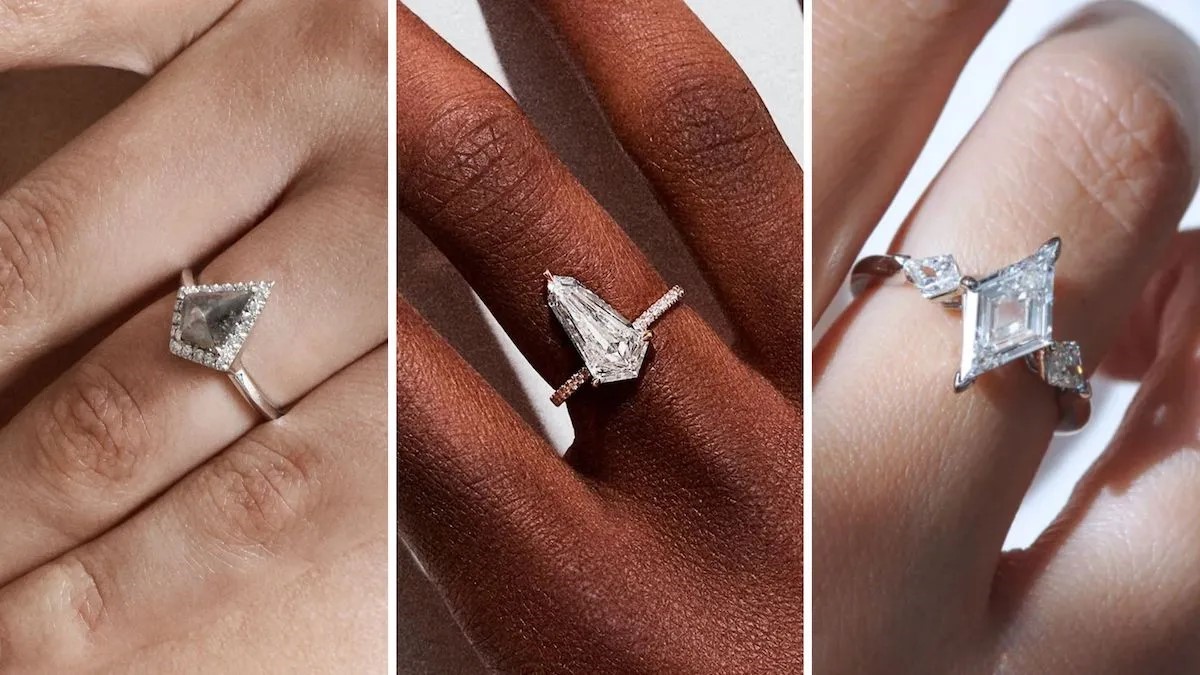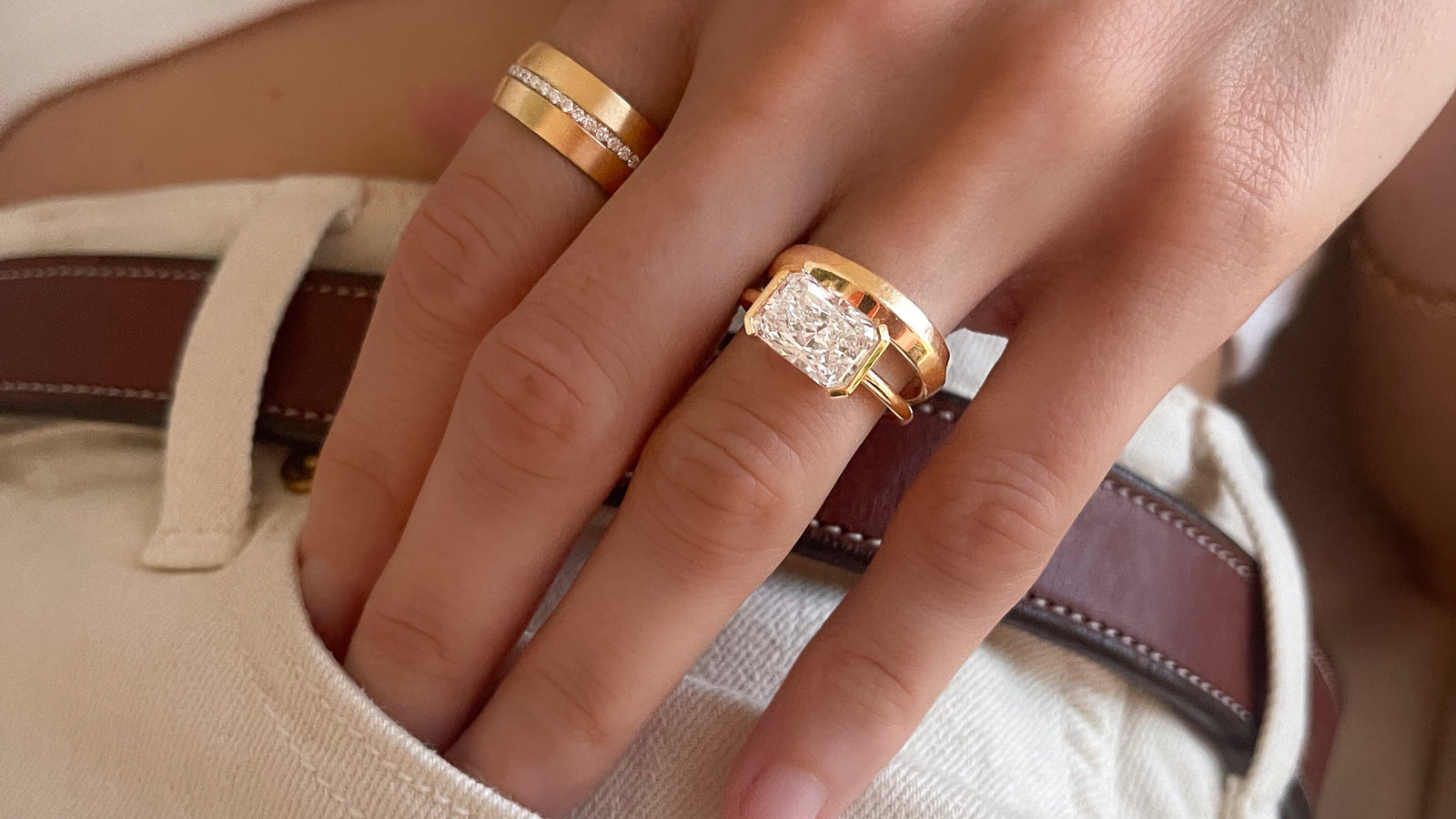Diamonds are known for their brilliance, sparkle, and enduring beauty. While the natural origin of a diamond is often the most discussed aspect, the cut of a diamond is arguably the most important factor influencing its overall appearance. This is equally true for lab-grown diamonds or lab-created diamonds. These diamonds are grown in a controlled lab environment using cutting-edge technology, and just like natural diamonds, their cut plays a pivotal role in how they reflect light and how captivating they look.
In this article, we’ll delve into the importance of the cut in lab grown diamonsds cut, how it affects the diamond’s brilliance, and what to look for when selecting a perfectly cut lab-created diamond.
Table of Contents
ToggleWhat Is the Cut of a Diamond?
The cut of a diamond refers to how the diamond has been shaped and faceted by a skilled jeweler. It is often confused with the shape of the diamond, but the two are different. The shape of a diamond refers to the outline of the stone (e.g., round, square, oval), while the cut refers to how well the diamond has been faceted to maximize its brilliance and sparkle.
A well-cut diamond will exhibit optimal light performance, meaning it reflects and refracts light beautifully. A poor cut, on the other hand, can result in a diamond that appears dull and lifeless, regardless of its clarity or carat weight.
For lab-grown diamonds, just like natural diamonds, the cut is a crucial factor in determining the stone’s overall aesthetic and value. A diamond that is expertly cut will showcase its inherent beauty, while a poorly cut one will not live up to its full potential, even if it’s made from the highest-quality raw materials.
How the Cut Affects the Brilliance of Lab-Grown Diamonds
The brilliance of a diamond is its ability to reflect light, creating that sought-after sparkle. The cut of a diamond directly influences its brilliance. A well-cut lab-grown diamond will allow light to enter through the top of the stone, be reflected off the sides, and exit back through the top, creating a mesmerizing sparkle.
The diamond’s facets (the flat, polished surfaces that make up its shape) are carefully angled to ensure that the light is refracted in the most efficient way possible. If a lab-grown diamond is cut too shallow or too deep, light will escape out the bottom or the sides, diminishing its brilliance. The cut maximizes the diamond’s potential, bringing out its radiance.
Lab-Grown Diamond Cuts and Their Impact on Sparkle
The different cuts and shapes of lab created diamonds affect their light performance in unique ways. Below are some of the most common cuts found in lab-created diamonds and their corresponding light-reflecting properties:
1. Round Brilliant Cut
The round brilliant cut is the most popular and iconic cut for diamonds. It consists of 58 facets designed to reflect the most light, creating the highest possible brilliance and sparkle. Due to its symmetrical shape, the round brilliant cut is often regarded as the most “sparkly” cut of all.
Round lab-grown diamonds, with their perfectly executed cuts, can give a stunning display of brilliance, making them ideal for engagement rings, earrings, and other fine jewelry. This cut works well with lab-created diamonds, as it maximizes their light performance and enhances their natural sparkle.
2. Princess Cut
The princess cut is a square-shaped cut that is characterized by sharp, clean lines and a modern appearance. It is one of the most popular fancy shapes for diamonds, offering a contemporary look with plenty of brilliance. The princess cut is designed to maximize the diamond’s brilliance, though not to the same extent as a round brilliant.
Lab-grown diamonds with a princess cut are perfect for individuals who want a balance of beauty and modern design. The cut allows for a visually stunning sparkle while retaining a more angular and bold shape.
3. Cushion Cut
The cushion cut is a square or rectangular shape with rounded corners, often referred to as the “pillow cut.” It combines the brilliance of a round diamond with a more vintage, romantic aesthetic. The cushion cut can range from square to more rectangular, depending on the preferences of the wearer.
Cushion cut lab-grown diamonds often exhibit a softer, more romantic glow, with excellent brilliance. The shape of the cut allows for multiple variations, making it a versatile choice for different styles of jewelry.
4. Oval Cut
The oval cut is similar to the round cut but with an elongated shape. This cut is particularly appealing because it makes the diamond appear larger, and its symmetrical shape ensures that it sparkles beautifully.
Lab-grown diamonds with an oval cut provide a stunning and elegant look, offering a more modern take on the classic round shape. The shape enhances the diamond’s brilliance while giving it a slightly different visual appeal.
5. Emerald Cut
The emerald cut is known for its step-cut facets and large, open table. Unlike the round and princess cuts, which rely on smaller facets to create sparkle, the emerald cut focuses on clarity and depth. This cut creates a hall-of-mirrors effect, with large flashes of light, rather than the quick flashes of brilliance typical of other cuts.
Lab-grown diamonds with an emerald cut show off their clarity and are perfect for those who appreciate a more understated, elegant look. This cut allows the lab-grown diamond’s inherent beauty to shine through in a more sophisticated, classic manner.
6. Asscher Cut
The Asscher cut is similar to the emerald cut but with a square shape. It is characterized by deep, step-cut facets that create a mesmerizing visual effect, with flashes of light that seem to come from deep within the diamond.
Lab-grown Asscher cut diamonds are perfect for those who desire an antique or vintage-style diamond with a sophisticated appeal. The Asscher cut showcases the clarity of the diamond while offering a unique sparkle that is distinct from round or princess cuts.
What to Look for When Choosing a Lab-Grown Diamond Cut
When selecting a lab-grown diamond, there are a few key factors to consider regarding the cut:
1. Proportions
The proportions of a diamond—such as its depth, width, and table (the flat surface at the top)—play a huge role in how light interacts with the stone. Ideally, a diamond should have perfect proportions that allow light to enter and exit the stone without obstruction. When choosing a lab-grown diamond, it’s essential to consider the diamond’s cut grade, which can be provided by reputable gemological laboratories.
2. Symmetry and Polish
Symmetry refers to how well the facets are aligned, and polish refers to the quality of the surface finish. Both of these factors contribute to the diamond’s brilliance. When buying a lab-grown diamond, ensure that the stone has excellent symmetry and polish, as this ensures that it will reflect light at its best.
3. Shape Preference
While the cut refers to how well a diamond is faceted, the shape determines the overall outline of the diamond. Whether you prefer a classic round shape, a sleek oval, or a vintage cushion cut, the shape will determine the overall aesthetic of the piece. Choose the shape that reflects your style and fits your vision for the jewelry.
4. Certified Quality
Look for a certified lab-grown diamond from a reputable gemological institute, such as the Gemological Institute of America (GIA) or the International Gemological Institute (IGI). These certifications provide an in-depth analysis of the diamond’s cut, color, clarity, and carat weight, ensuring that the diamond meets the highest quality standards.
Conclusion: Lab-Grown Diamonds Cut to Perfection
The cut of a diamond plays an essential role in determining how it sparkles and how much it captivates the viewer. With lab-grown diamonds, the quality of the cut is just as important as it is with mined diamonds. The ability to choose from a variety of cuts, such as round, princess, oval, or emerald, provides buyers with a wide range of options that can suit their personal tastes and preferences.
By opting for a lab-grown diamond, you’re choosing a sustainable, ethical, and affordable option without compromising on quality or brilliance. Whether you’re buying an engagement ring, a pendant, or a pair of earrings, a well-cut lab-grown diamond will enhance your jewelry with the perfect sparkle, creating a timeless piece that lasts for generations.



